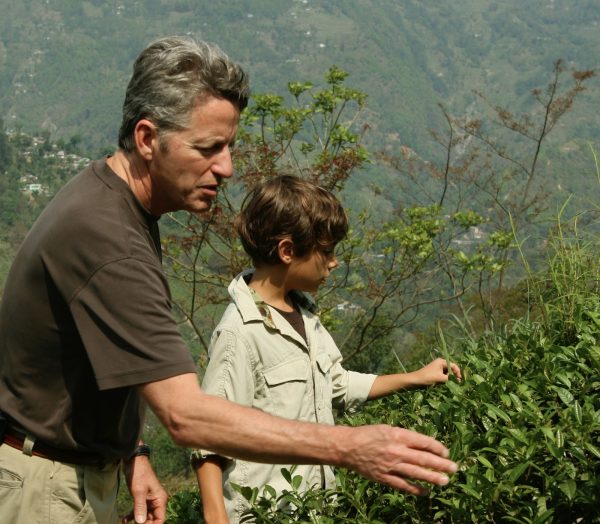
Steven Smith is a familiar name for many in the Franklin community, gracing the shelves of countless grocery stores and homes on little boxes reading “Steven Smith Teamaker.” However, most don’t know the story of the eponymous man and Franklin alumnus behind the brand. Steven “Steve” Smith was once called a “serial entrepreneur,” but to those who knew him best, he was an artist. Tea was his medium, and he used it to share the joy that permeated his life.
Smith was born and raised in Portland. Dana Barron, the eldest of his three sisters, describes, “We grew up in Southeast Portland, in a cozy little neighborhood that was near an orchard, and we spent a lot of time outdoors.” If it sounds idyllic, that’s because it was. The Smith family was close-knit; Smith and his three sisters lived in a two-bedroom house right next door to their grandparents. Every night, Smith’s grandmother would make each child a cup of tea. “She would dip the tea bag in, then pour in some sugar, and then wonder why we kids would never go to sleep. … It was straight caffeine,” recalls Barron.
Although this was the beginning of Smith’s love for tea, he wouldn’t turn it into a business until much later. Continuing his parents’ legacy, he attended Franklin and was immediately elected freshman class president. His natural charisma made his social life thrive and Barron explains, “There were always tons of his friends over at our house.” Despite Smith’s social nature, Barron says he was “mature beyond his years.” She adds, “He just seemed to have it figured out that he was going to go in an interesting direction.”
After graduating from Franklin, Smith attended Portland State University, leaving early to serve in the Navy. Smith returned to Portland and founded Stash Tea Company with Stephen “Steve” Lee. According to Barron, Smith discovered that the best mint farms were in Eastern Oregon, so he bought some crops and started selling peppermint tea in bulk. Eventually, Yamamotoyama, a Japanese tea company, purchased enough stock to control Stash Tea. As a result, in 1993, Smith and Lee sold the rest of their stock and decided to start anew.
They approached Steve Sandoz from the branding agency Wieden+Kennedy, who then introduced them to designer Steve Sandstrom. Sandstrom lovingly calls this “the meeting of the four Steves.” This, countless subsequent meetings, and numerous late-night calls created Tazo, a tea company Sandstrom describes as “Marco Polo meets Merlin.” Sandoz crafted fantastical origin stories for the name, such as Tazo being an ancient currency more valuable than magic pebbles, which were then plastered across the packaging. “Everything about Tazo was as if it was a gift and not sales or marketing,” recalls Sandstrom.
Beyond the creative branding, Tazo’s success came from relationships — the one between the Steves and the ones Smith had with growers abroad. Sandstrom remarks, “He had all of these wonderful relationships with the best growers, the best sources for spices and flowers all over the world, from Africa to China to India.” Even though Smith was buying in much smaller batches than he had while at Stash, the growers were happy to sell to him. His natural charisma set people at ease. Sandstrom explains, “He would be just as comfortable talking to a farmer in the Midwest as he would be a dignitary of some foreign country.”
Then, as Tazo began to take off, Smith’s phone broke — an incident that would change his life. His future wife, Kim DeMent, was working behind the counter of CellularOne when he strolled in looking for a repair. Instead, Smith found love. She recalls, “He was the most mature, respectful, kind man that I had met … I had a strong feeling for him from the very moment that I met him.”
Accompanied by Carrie, Smith’s daughter from his previous marriage, the couple soon married at the Makaibari Tea Estate in Darjeeling, India. They were welcomed by their friends from the estate who planned the ceremony, provided traditional Nepalese clothing, organized a song and dance performance, and cooked an elaborate feast. DeMent explains, “It was just a really, really special, unique, and remarkable event.”
Smith and DeMent were inspired to pass along this generosity and started the now-defunct Community, Health, and Advancement Initiative (CHAI) project with Mercy Corps. The program supported the workers harvesting the tea, giving back to the people at the heart of Smith’s success. DeMent elaborates, “[CHAI] was really instrumental in working with local villagers and empowering them to make decisions about what would improve their lives.” Projects included building latrines, increasing clean water access, and furnishing school buildings. Starbucks collaborated to found the project after it acquired Tazo in 1999.
Smith remained with Tazo until 2006, when he sold off his stock and “retired.” He, DeMent, and their son, Jack, packed up and took a sabbatical in France. Bound by a year-long noncompete, an agreement to not create a competitive product, Smith and DeMent relaxed in the French sunshine. “It was really the only time in our 20 years together that Steve was not starting a company, running a company, [or] building a company,” recalls DeMent.
This wouldn’t last long, however; upon his return to Portland, Smith immediately called Sandstrom. He was ready to start another tea business — he envisioned it as “Atelier,” but through the incessant encouragement of Sandstrom and DeMent, it became Steven Smith Teamaker. Though it was originally meant to be called Steven Smith Teamaster, Sandstrom emphasizes, “[Smith] didn’t consider himself a master of tea; he wasn’t a tea snob.”
The branding for Steven Smith Teamaker was starkly different from Tazo’s. As Sandstrom explains, “By the time Steven Smith was a brand, the world wanted things to be transparent.” Steven Smith Teamaker opened a shop in Northwest Portland with large windows, letting the public see the blending and packaging process. In addition, the packages had batch numbers that could be entered into the brand’s website to find the names of the farmers, where the tea was grown, and the weather on the day it was harvested.
It became just as successful as Smith’s previous brands. “I don’t know anybody that’s actually ever created three of the same kind of company in their lifetime, and it’s not likely that all three would be successful,” comments Sandstrom. Smith was an expert in blends — of tea leaves and the personality traits required to become a one-of-a-kind entrepreneur. “I think he was so successful because he was really, truly passionate about bringing new ideas forward and engaging other people in his ideas,” explains DeMent.
Sandstrom reminisces, “In our first meeting, the meeting of four Steves, he said that his dream would be that he could change Americans’ perceptions about tea.” And oh, how Smith did. In the busy American day, coffee has a certain lasting cultural zeitgeist, but with tea Smith got people to slow down. He helped them realize they weren’t just sharing cups, they were sharing moments. Barron adds, “I think originally it was just a product … but it became something much bigger.”
Although Smith passed away in 2015 due to liver cancer, Steven Smith Teamaker, and along with it, Smith’s legacy, continues to this day. It’s now headed by CEO Darren Marshall, and while the original storefront remains, they’ve expanded to another Portland location. More recently, they opened a store in Japan. It’s a full-circle moment, as DeMent explains, “When we were in a small shop in Northwest Portland, there wasn’t any advertising … but it was the Japanese tourists that would find us.” Wherever he went, Smith formed deep relationships with the people he met, relationships he maintained over time.
Barron says Smith’s memorial service exemplified the unique impact he had on people. Attendees flew in from across the globe, ranging from high school friends to people Smith met in India and China. “We came from a very modest Southeast Portland background. There was no silver spoon, and going from that to touching bases with influential and interesting people all over the world — it was beautiful to see,” explains Barron. From cups of tea shared over his grandmother’s kitchen table to those shared in countless countries abroad, Smith had a knack for bringing people together.


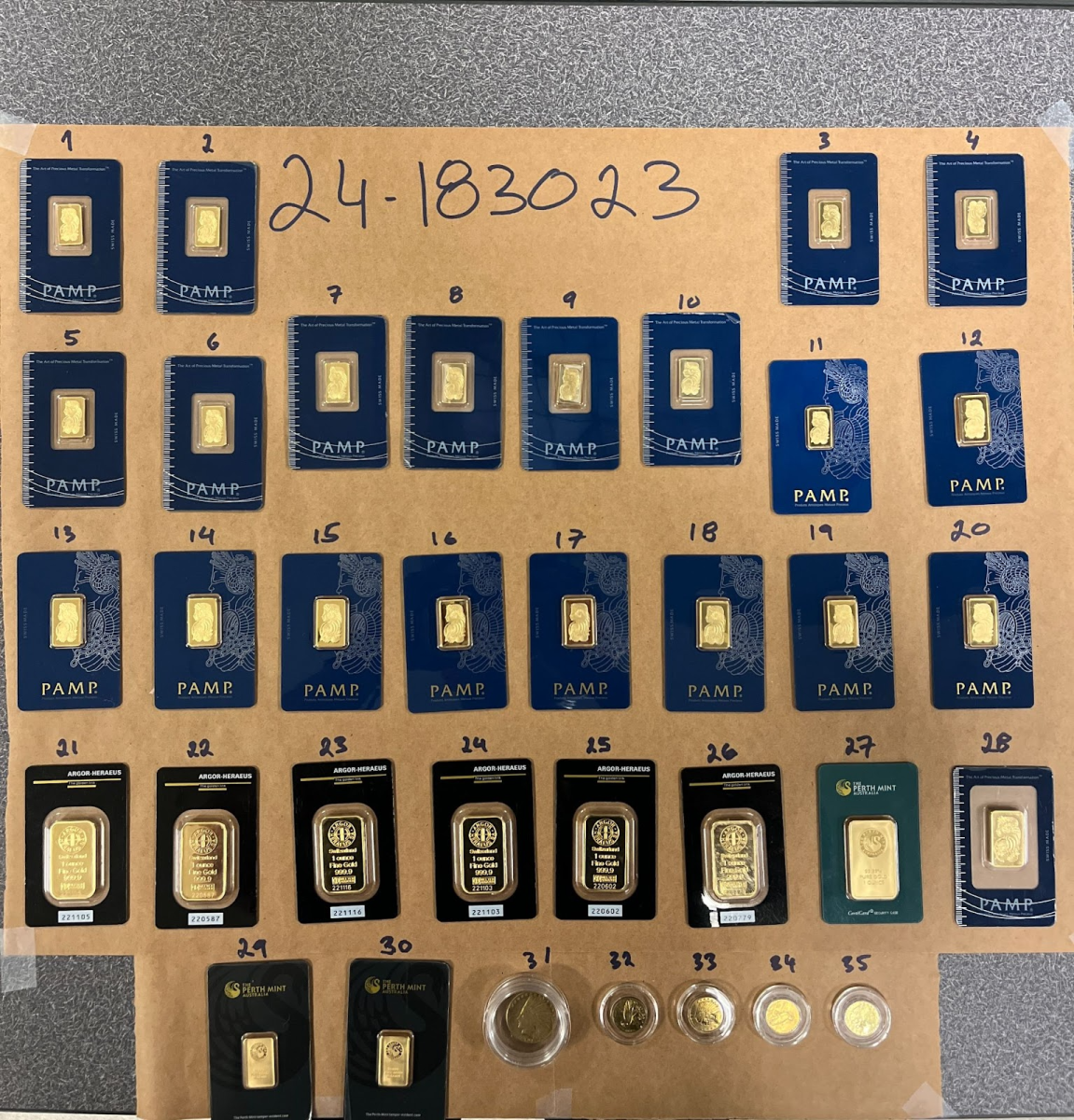


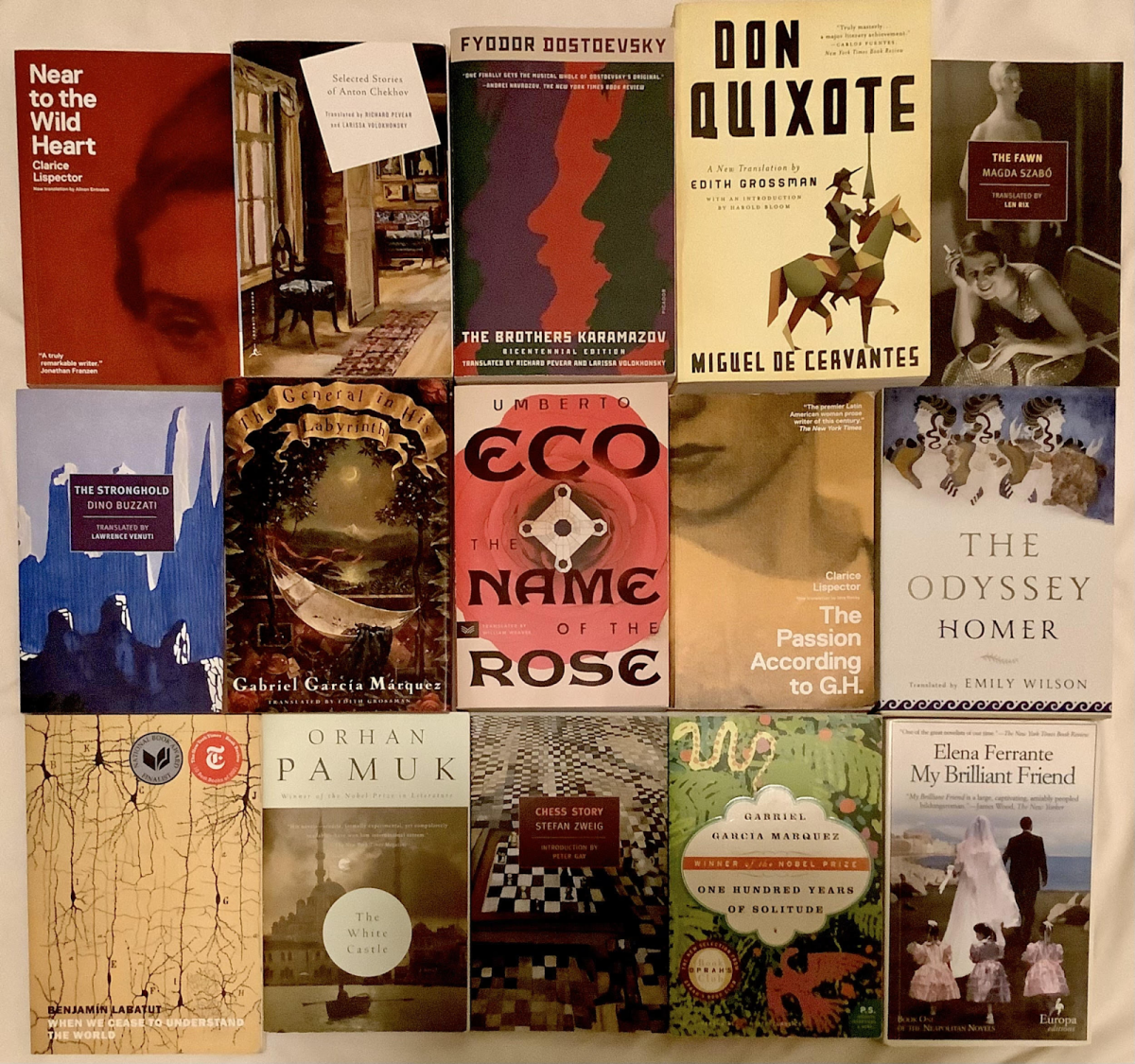














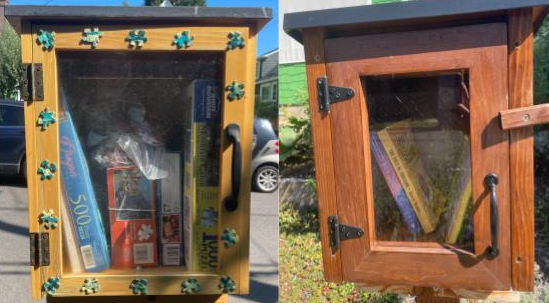







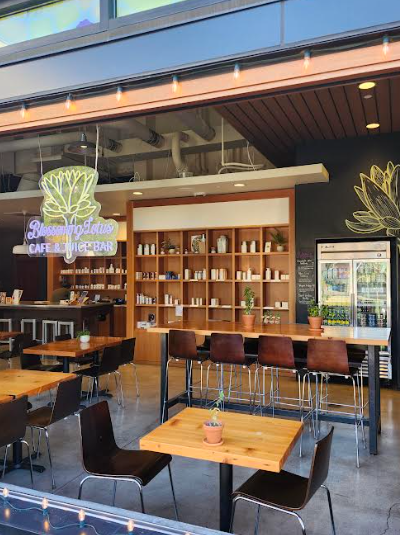






Steven "Steve" Sandstrom • Dec 6, 2024 at 12:07 pm
Nice article, Frankie. Steve Smith was such a remarkable and creative person who is dearly missed by so many, from Portland to across continents. We wanted to name the company after him for the difference and impact he’d personally made in the tea industry. At the time, we weren’t thinking about his legacy. Years after his passing, it has meant more. He was truly inspiring. Thank you for telling his story.
Frankie S • Dec 6, 2024 at 7:05 pm
Thank you so much! It was lovely to speak with you.